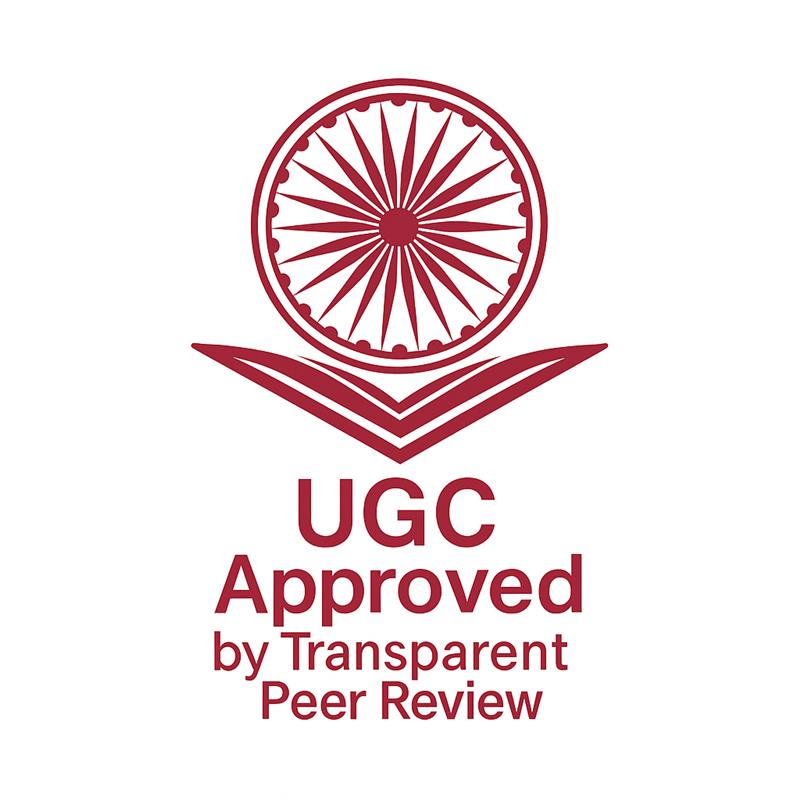Paper Title
Toxicity analysis of aqueous waste of textile industry: Effects on human, Aquatic and Agriculture system.
Article Identifiers
Registration ID: IJNRD_181666
Published ID: IJNRD2206005
 : Click Here to Get
: Click Here to Get
About Hard Copy and Transparent Peer Review Report
Authors
Keywords
Industrialization, textile wastewater, wastewater qualities, hazardous effect, natural water bodies
Abstract
Humans rapidly devour environmental riches for their growth; among the resources they consume, water is being consumed at an alarming rate owing to unregulated and unsustainable usage. A massive volume of wastewater is produced across the world as a result of industrialization and domestic usage as a result of urbanization. Numerous contaminants identified in water bodies have been reported to be generated major health difficulties and studying the release mechanism, degradation process, and execution of their removal procedure before discharging into natural water bodies is required. Temperature, pH, electrical conductivity (EC), turbidity, dissolved oxygen (DO), chemical oxygen demand (COD), biochemical oxygen demand (BOD), total suspended solids (TSS), color, alkalinity, total dissolved solids (TDS), and heavy metal ions were used to characterize the substance of textile wastewater quality (cadmium, copper, forum manganese, lead, and zinc). The results also showed that several of the conditions for the ultimate discharge of textile wastewater could not be properly discharged because textile wastewater had been shown to include a high level of contaminants, including excessive TDS and suspended particles. Due to dyestuff and suspended particulates, the wastewater is intensely colored and viscous. Because of the large use of sodium salts in processing facilities, sodium is the dominant important cation. Although chloride is the most abundant anion in wastewater, bicarbonate, sulphate, and nitrate concentrations are also significant (>100 mg/L). In most cases, sodium salts of these anions are utilized in the procedure. Chromium is the most abundant toxic metal, although other toxic substances such as iron, zinc, lead, copper, and manganese are also found. The wastewater also contains high BOD and COD levels, indicating that it is polluting. Toxicity effect on human health, aquatic life, agriculture fields, and soil fertility.
Downloads
How To Cite (APA)
sanjana, ajit kumar, & manas mathur (June-2022). Toxicity analysis of aqueous waste of textile industry: Effects on human, Aquatic and Agriculture system.. INTERNATIONAL JOURNAL OF NOVEL RESEARCH AND DEVELOPMENT, 7(6), 31-46. https://ijnrd.org/papers/IJNRD2206005.pdf
Issue
Volume 7 Issue 6, June-2022
Pages : 31-46
Other Publication Details
Paper Reg. ID: IJNRD_181666
Published Paper Id: IJNRD2206005
Research Area: Life SciencesÂ
Author Type: Indian Author
Country: faridabad, haryana, India
Published Paper PDF: https://ijnrd.org/papers/IJNRD2206005.pdf
Published Paper URL: https://ijnrd.org/viewpaperforall?paper=IJNRD2206005
About Publisher
Journal Name: INTERNATIONAL JOURNAL OF NOVEL RESEARCH AND DEVELOPMENT(IJNRD)
UGC CARE JOURNAL PUBLICATION | ISSN: 2456-4184 | IMPACT FACTOR: 8.76 Calculated By Google Scholar | ESTD YEAR: 2016
An International Scholarly Open Access Journal, Peer-Reviewed, Refereed Journal Impact Factor 8.76 Calculate by Google Scholar and Semantic Scholar | AI-Powered Research Tool, Multidisciplinary, Monthly, Multilanguage Journal Indexing in All Major Database & Metadata, Citation Generator
Publisher: IJNRD (IJ Publication) Janvi Wave | IJNRD.ORG | IJNRD.COM | IJPUB.ORG
Copyright & License
© 2025 — Authors hold the copyright of this article. This work is licensed under a Creative Commons Attribution 4.0 International License. and The Open Definition.
You are free to share, adapt, and redistribute the material, provided proper credit is given to the original author. 🛡️ Disclaimer: The content, data, and findings in this article are based on the authors’ research and have been peer-reviewed for academic purposes only. Readers are advised to verify all information before practical or commercial use. The journal and its editorial board are not liable for any errors, losses, or consequences arising from its use.

Publication Timeline
Article Preview: View Full Paper
Call For Paper
IJNRD is a Scholarly Open Access, Peer-Reviewed, Refereed, and UGC CARE Journal Publication with a High Impact Factor of 8.76 (calculated by Google Scholar & Semantic Scholar | AI-Powered Research Tool). It is a Multidisciplinary, Monthly, Low-Cost, and Transparent Peer Review Journal Publication that adheres to the UGC CARE 2025 Peer-Reviewed Journal Policy and aligns with Scopus Journal Publication standards to ensure the highest level of research quality and credibility.
IJNRD offers comprehensive Journal Publication Services including indexing in all major databases and metadata repositories, Digital Object Identifier (Crossref DOI) assignment for each published article with additional fees, citation generation tools, and full Open Access visibility to enhance global research reach and citation impact.
The INTERNATIONAL JOURNAL OF NOVEL RESEARCH AND DEVELOPMENT (IJNRD) aims to advance applied, theoretical, and experimental research across diverse academic and professional fields. The journal promotes global knowledge exchange among researchers, developers, academicians, engineers, and practitioners, serving as a trusted platform for innovative, peer-reviewed journal publication and scientific collaboration.
Indexing Coverage: Google Scholar, SSRN, ResearcherID-Publons, Semantic Scholar (AI-Powered Research Tool), Microsoft Academic, Academia.edu, arXiv.org, ResearchGate, CiteSeerX, ResearcherID (Thomson Reuters), Mendeley, DocStoc, ISSUU, Scribd, and many other recognized academic repositories.
How to submit the paper?
By Our website
Click Here to Submit Paper Online
You can now publish your research in IJNRD. IJNRD is a Transparent Peer-Reviewed Open Access Journal Publication (Refereed Journal), aligning with New UGC and UGC CARE recommendations.
For more details, refer to the official notice: UGC Public Notice
Submit Paper Online
Important Dates for Current issue
Paper Submission Open For: December 2025
Current Issue: Volume 10 | Issue 12 | December 2025
Impact Factor: 8.76
Last Date for Paper Submission: Till 31-Dec-2025
Notification of Review Result: Within 1-2 Days after Submitting paper.
Publication of Paper: Within 01-02 Days after Submititng documents.
Frequency: Monthly (12 issue Annually).
Journal Type: IJNRD is an International Peer-reviewed, Refereed, and Open Access Journal with Transparent Peer Review as per the new UGC CARE 2025 guidelines, offering low-cost multidisciplinary publication with Crossref DOI and global indexing.
Subject Category: Research Area
Call for Paper: More Details
Approval, Licenses and Indexing: More Details






